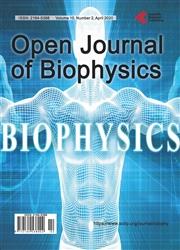Can a Molecule Be “Intelligent”? Unexpected Connections between Physics and Biology
引用次数: 0
Abstract
It is important to look at the behaviour of a living system from the point of view of the biophysical paradigm. In fact, the chemical reactions, which allow us to understand how metabolic processes take place, are short-range and they are activated at a distance of one atomic or molecular diameter. 100,000 reactions/sec. take place in a cell, perfectly balanced in space and time, i.e. these happen at the right time and in the right place. So, it is chemically inex-plicable how this can be possible, because it is absolutely necessary that molecules recognize each other at distances greater than a molecular diameter. The biophysical paradigm, through coherent resonance mechanisms, tries to explain how molecules can recognize each other “from afar”. It is a matter of beginning to understand that, probably, the same atoms and molecules are endowed with a kind of “intrinsic intelligence” that guides them in their interactions, and the key to understanding can only be of physical type. We can also hypothesize that a cellular information mechanism based on endogenous electromagnetic fields exists. In this way, DNA could play a role of in-out antenna, due to its double helix shape (resonant LC circuit). This paper speaks about these unexpected, but not too many, connections between Physics and Biology.分子能“智能”吗?物理学和生物学之间意想不到的联系
本文章由计算机程序翻译,如有差异,请以英文原文为准。
求助全文
约1分钟内获得全文
求助全文

 求助内容:
求助内容: 应助结果提醒方式:
应助结果提醒方式:


